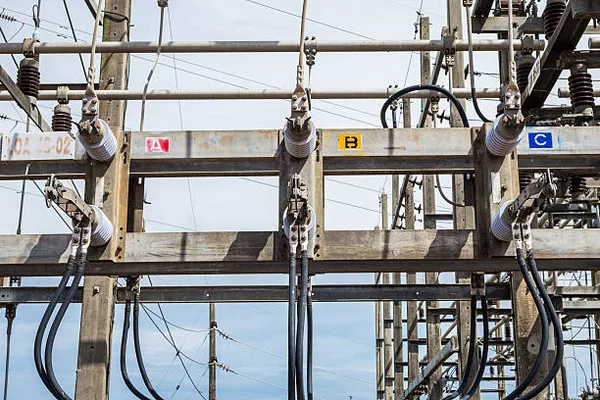Transformers, the silent workhorses of the power industry, often go unnoticed until a catastrophic failure plunges us into darkness. With their minimal moving parts and inherent reliability, transformers play a pivotal role in power distribution. However, complacency in overlooking these crucial components can lead to significant issues. In this article, we will delve into the intricacies of insulation-related failures in transformers, shedding light on the factors that contribute to their untimely demise.
Understanding Insulation Failure:
Insulation failure, one of the primary culprits behind transformer breakdowns, can be attributed to various factors. Among them, transformer overloading and temperature rise stand out prominently. When a transformer operates beyond its intended capacity, the resultant temperature rise in the windings can compromise the insulation. While short periods of overload might not immediately degrade the transformer’s life, sustained overloading can have detrimental effects.
Table 1: Load and Temperature Rise – Navigating the Interplay
| Percentage of Transformer Load | 25% | 50% | 75% | 100% |
| Percentage of Temperature Rise | 20% | 30% | 60% | 100% |
Transformers rarely operate at full load continuously, and occasional overloads are permissible if followed by periods of under-loading. Ambient temperature also plays a role, allowing liquid-cooled transformers to withstand significant overloads under favorable conditions.
Voltage Transients – Striking from the Skies:
Voltage spikes, or voltage transients, present another peril for transformers. These spikes, often induced by lightning strikes or utility switching, can reach staggering levels exceeding 100 KV. While transformers may be equipped with surge arrestors to mitigate these spikes, their unpredictability poses a challenge. The high voltages weaken insulation, leading to arcing and instantaneous failure, further emphasizing the importance of robust protection mechanisms.
The Menace of Excessive Heat:
Heat, a relentless adversary, can cause winding insulation to become brittle and crack. As temperature and load fluctuate, cracks enlarge, potentially leading to arcing. Increased resistance in conductors due to heat necessitates higher current draw for the same power output, creating a vicious cycle. Factors such as overloading, cooling system failures, poor transformer location, and high ambient temperatures can contribute to excessive heat, gradually eroding a transformer’s lifespan.
Impurities in Cooling Liquids – A Silent Saboteur:
Liquid-cooled transformers rely on cooling liquids with high insulating properties. However, impurities in these liquids can diminish their effectiveness. High impurity levels may create a current path between winding parts, triggering a short circuit. Over time, the chemical composition of the cooling liquid changes, accelerating its breakdown. Heat and moisture amplify this process, hastening the demise of the transformer.
See ALSO What Happens When a Transformer Fails?
Dirt – The Unseen Adversary:
Dirt, particularly on air-cooled transformers, poses a threat by impeding heat transfer. In addition to causing overheating, dirt can create a conductive path for arcs in high-voltage windings, leading to insulation breakdown. Oil or hydrocarbon mixtures with dirt can exacerbate the issue, resulting in insulation breakdown on covered winding surfaces. Liquid-cooled transformers are not immune, as dirt accumulation at connection points can facilitate arcing.
Key Takeaways:
Understanding the intricacies of insulation-related transformer failures is imperative for power system reliability. Engineers armed with insights into overloading, temperature rise, voltage spikes, excess heat, and contamination can optimize transformer performance. This knowledge serves as the bedrock for refining maintenance strategies, bolstering system reliability, and ensuring the longevity of critical components in electrical power networks.
Conclusion:
Transformers, though often overlooked, are linchpins in power distribution. Delving into the nuances of insulation-related failures equips us to address potential issues proactively. By comprehending the delicate dance between various factors, we pave the way for enhanced transformer performance, reinforcing the backbone of electrical power networks.

